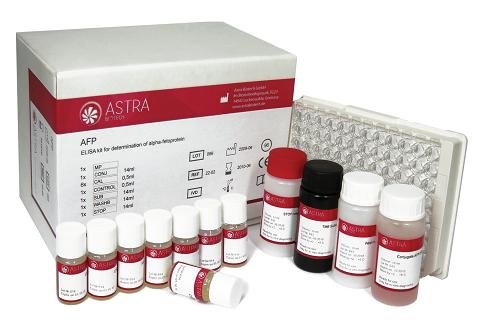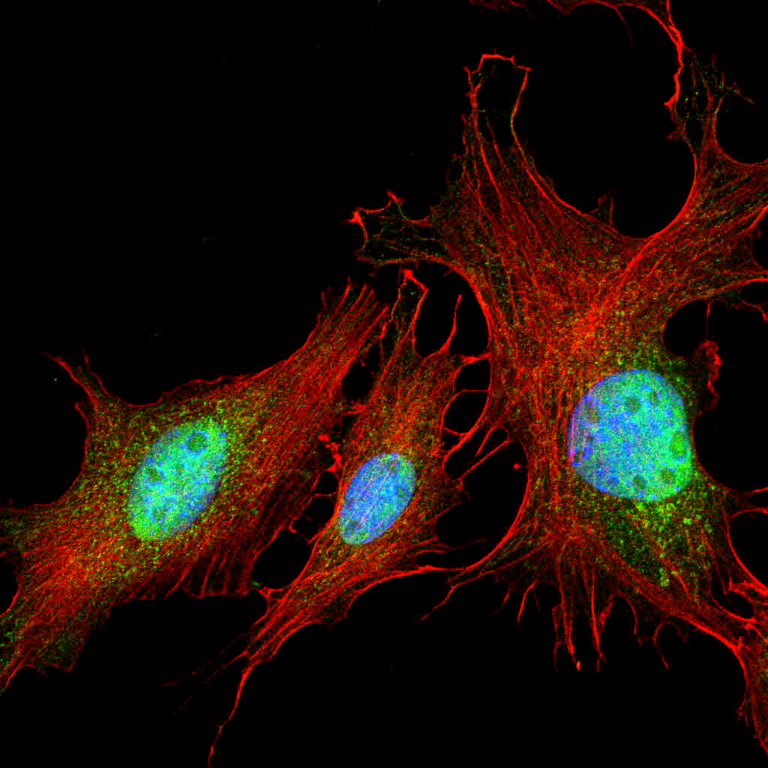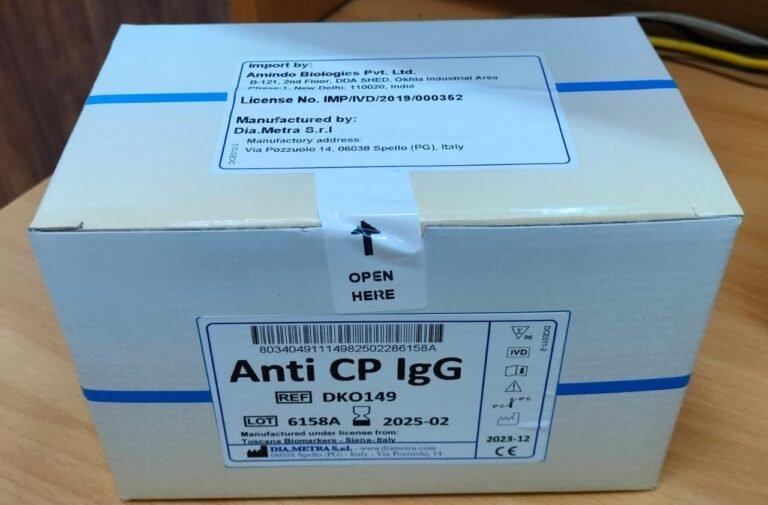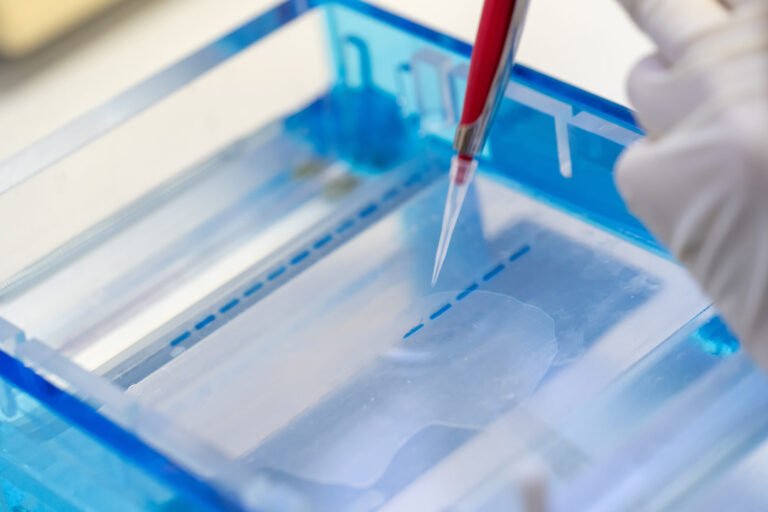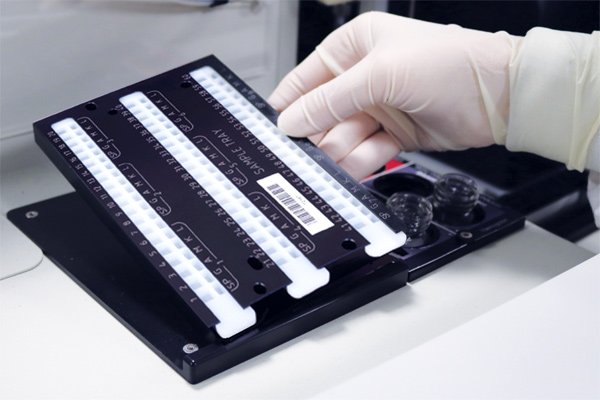ELISA Allergen Kit: A Reliable Tool for Allergy Diagnostics
Introduction
Allergic diseases are rapidly increasing worldwide, affecting millions of people with conditions ranging from seasonal allergies to life-threatening anaphylaxis. Accurate diagnosis is essential for effective treatment and management. Among the available technologies, the ELISA (Enzyme-Linked Immunosorbent Assay) Allergen Kit stands out as a reliable, sensitive, and widely used method for the detection of allergen-specific antibodies in patient samples.
What is an ELISA Allergen Kit?
An ELISA Allergen Kit is an in vitro diagnostic tool designed to detect allergen-specific immunoglobulins (IgE or IgG) in human serum or plasma. By identifying antibodies that react to specific allergens such as pollen, food proteins, insect venom, dust mites, or animal dander, clinicians can determine the cause of allergic reactions.
The assay is based on the principle of antigen-antibody binding and uses an enzyme-substrate reaction for color development, which is measured spectrophotometrically to provide quantitative or semi-quantitative results.
How Does It Work?
The workflow of an ELISA Allergen Kit typically involves:
- Coated Allergen Antigen – Microplate wells are pre-coated with purified allergen extracts.
- Sample Addition – Patient serum is added; if allergen-specific IgE or IgG is present, it binds to the allergen that is coated.
- Enzyme Conjugate Binding – A secondary antibody conjugated with an enzyme (commonly HRP) attaches to the bound antibodies.
- Substrate Reaction – The addition of substrate (such as TMB) produces a color change proportional to the amount of allergen-specific antibody.
- Measurement – Absorbance is measured using an ELISA reader, and results are interpreted against standard curves or cut-off values.
Clinical Significance
- Accurate Diagnosis: Helps identify the exact allergen responsible for hypersensitivity reactions.
- Personalized Treatment: Enables physicians to design specific avoidance strategies and immunotherapy.
- Risk Assessment: Quantitative measurement of IgE levels can indicate the severity of allergic sensitization.
- Wide Allergen Spectrum: Kits are available for food allergens (milk, peanut, egg, soy), inhalant allergens (pollen, mold, dust mite), and occupational allergens.
Advantages of ELISA Allergen Kits
- High Sensitivity and Specificity
- Quantitative or Semi-Quantitative Results
- Easy-to-Use Format suitable for diagnostic laboratories
- Cost-effective compared to advanced molecular allergy tests
- Reproducible and Standardized outcomes
Applications in Healthcare
- Routine allergy diagnostics in clinical laboratories
- Research studies on allergen prevalence and immune responses
- Screening for multiple allergens in a single test
- Support in food safety testing for hidden allergenic proteins
Conclusion
The ELISA Allergen Kit has revolutionized allergy diagnostics by providing a simple, sensitive, and dependable method to detect allergen-specific antibodies. With its broad application in clinical practice and research, it continues to play a vital role in improving patient care, enabling personalized treatments, and ensuring better management of allergic diseases.

